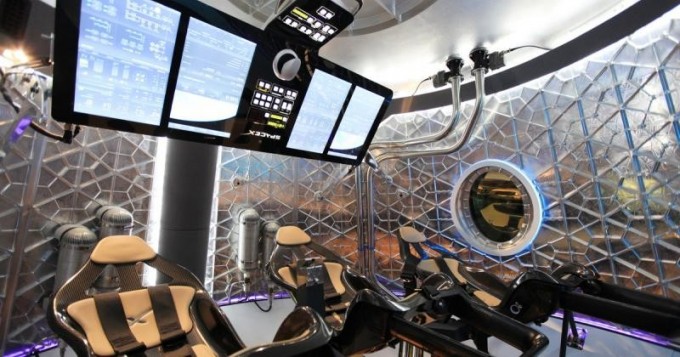
Anyone who saw Christopher Nolan’s movie “Interstellar” has to be excited for the future of space travel. Though anyone living today is probably unlikely to ever make it out of the solar system, some will have the chance to leave the atmosphere. Technology is increasing everyday, and the recent photos NASA retrieved from Pluto just further reinforce that science fiction is moving closer to becoming science fact each year.
Space Tourism

Space Tourism Is Here! Wealthy Adventurers Wanted
The first great hope for the average Joe to reach orbit was the development of Virgin Galactic. The space travel company — an offshoot of Sir Richard Branson’s Virgin Group in the United Kingdom — was founded in 2004, but it has yet to send a rocket out of the atmosphere. Though its efforts have been pioneering, it suffered a huge setback in late 2014 when its SpaceShipTwo exploded over the Mojave Desert, killing one pilot aboard.
Other companies, including Space X, Boeing, and Space Adventures, also have plans to send people into space. Though each is still likely a long ways off, Space X is expected to take at least takes astronauts to the International Space Station by 2017, according to Space.com.
Journey to the Moon – Then Mars?

Space Tourism is still a distant dream
For now, it seems, space exploration will remain in the hands of NASA and other international space programs. And if the images of Pluto weren’t enough to convince you that NASA is still pushing the envelope, its plans to send astronauts back to the moon and then, eventually, to Mars, should get you excited.
“On this Journey to Mars, NASA is developing the most advanced rocket and spacecraft ever designed,” the organization’s website reported. “NASA’s Orion spacecraft will carry four astronauts to missions beyond the moon, launched from Florida aboard the Space Launch System (SLS)  —  an advanced heavy-lift rocket that will provide an entirely new national capability for human exploration beyond Earth’s orbit.”
New Technology

The ‘impossible’ EmDrive could reach Pluto in 18 months
To go further, humans will need to develop new technologies. One is spacesuits. NASA’s current models won’t work on Mars, for example, due to the high carbon atmosphere interfering with the cooling system of today’s suits.
Even more important is propulsion. Current spacecraft rely on “chemical propulsion,” which is heavy and inefficient. NASA is working on using solar energy to power payloads in outer space instead, and Discover Magazine calls these “ion engines” the future of exploration.
Another emerging trend reported on the Apple Rubber blog is how 3D printing is transforming space travel. During a long exploration, scientists aboard spacecraft have previously only had what they brought with them. If you’ve seen “Apollo 13,” you know the lengths some astronauts had to go to in order to fabricate new parts. But now, if they need to make a repair or simply create a piece of equipment nobody foresaw needing, they can just throw a blueprint into the 3D printer and whip something up.
The other factor is cost. Scientists on the International Space Station, for example, need expensive rockets to bring them parts currently, and the hours spent on maintenance have been increasing in recent years. So by using a 3D printer, which the station has been using since last year, they may be able to self-manufacture nearly a third of the items they require.




